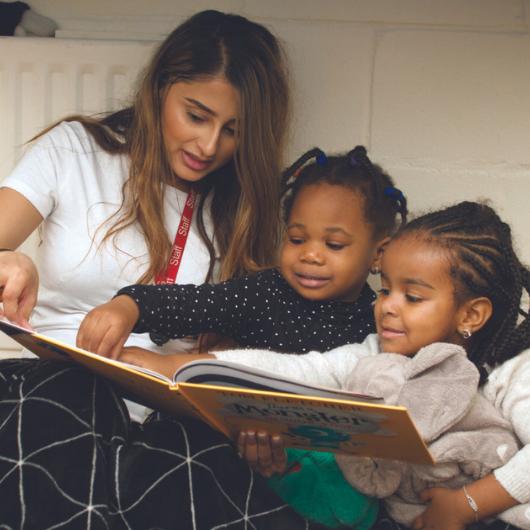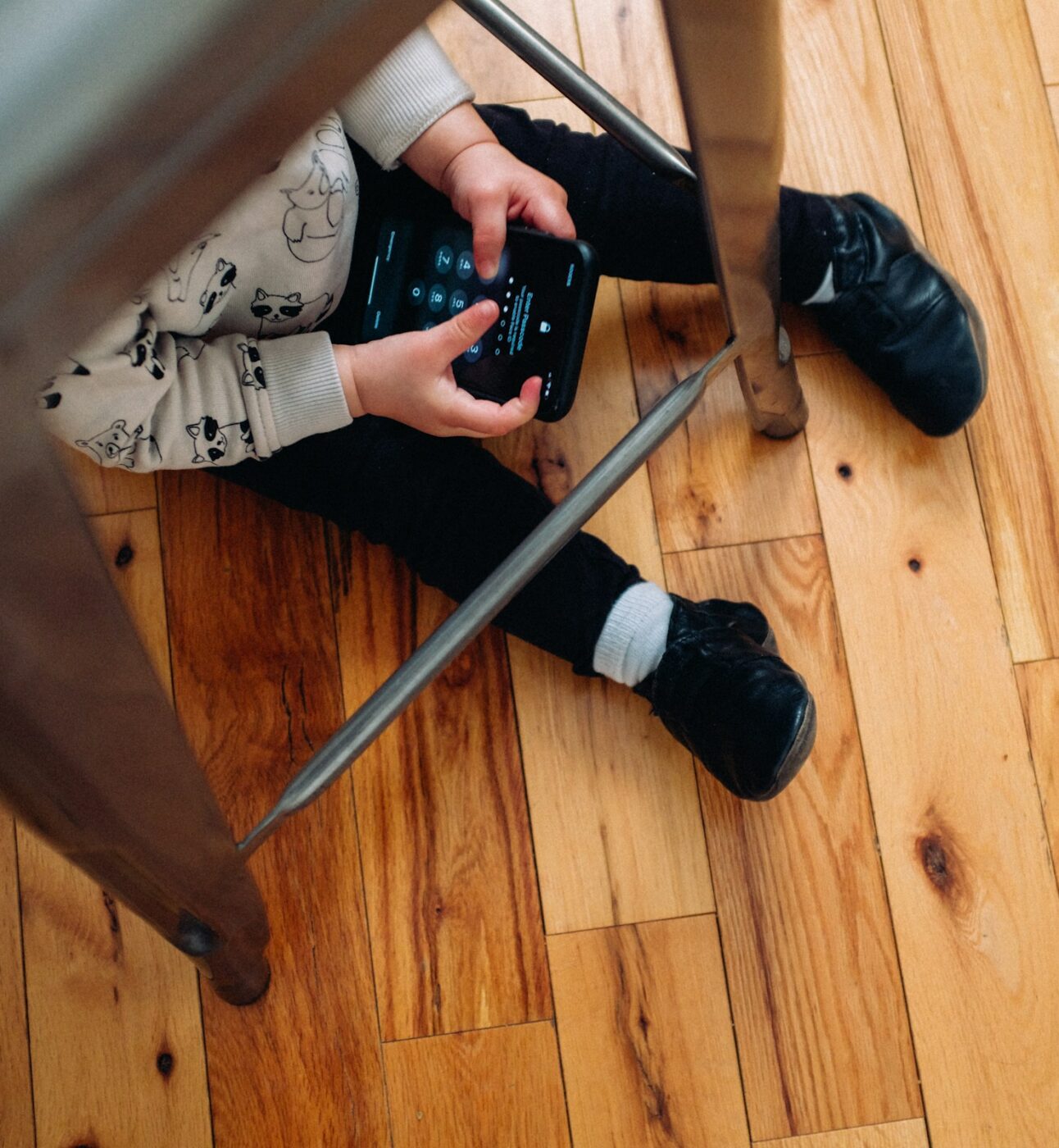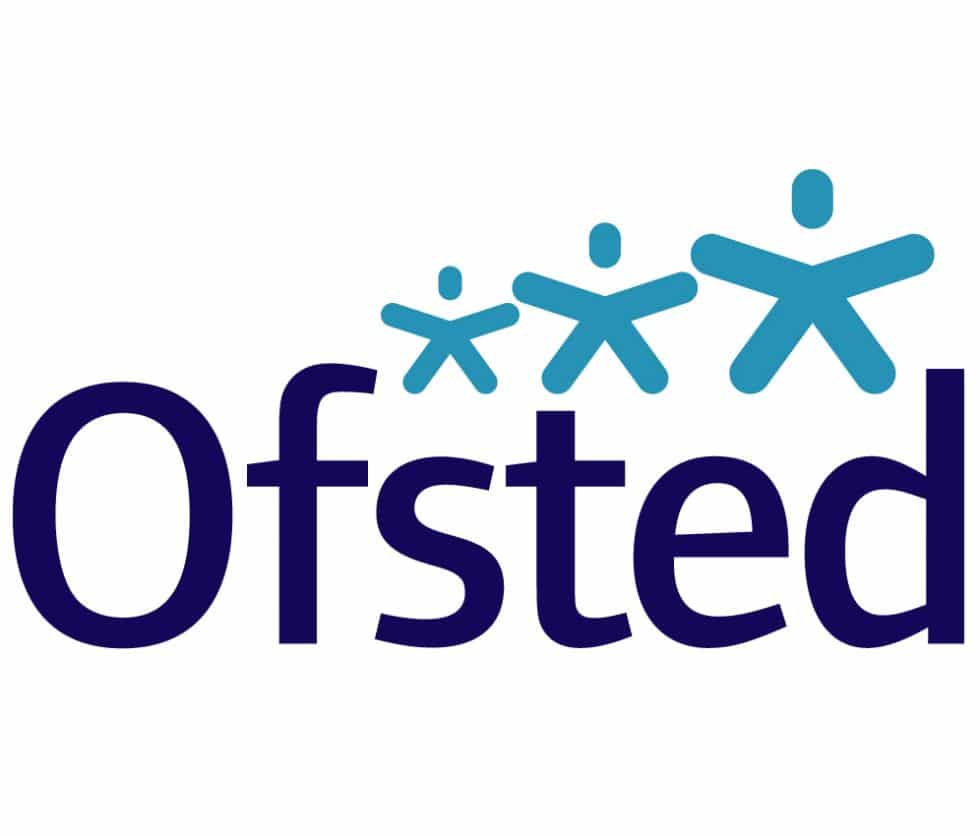
Words for Change
Launching the Reading Rights Summit in Liverpool Last week, Booktrust (where I proudly serve as a Trustee) hosted the Reading Rights Summit. We were joined by special guests, the…
February 4th 2019
Last week I gave a seminar at the Nursery World Show about pedagogy, and I particularly referenced the importance of Early Years teachers being able to name and describe the different types of play. I asked the audience the same question at the Ceeda “About early Years Workforce Roundtable” and the recent BrewEDEy. “Can you name and explain the different types of play?” The responses have been mixed and has prompted me to write about different types of play throughout this year. This is no hardship because writing is my way of learning and so it will be enjoyable.
I am starting with messy play not because of any fascination with watching Messi play but because I recently read Sue Gascoyne’s new book on the subject: Messy Play in the Early Years: Supporting Learning Through Material Engagements.
I am very keen on messy play because it feels right as Alice Sharp says:
Messy play is often one of the best catalysts for deep rich engagement. There are five sensory doors into the brain, and messy play helps at least three spring open and which stimulates lots of thinking takes place. Children are curious creatures who love nothing more than investigating and making discoveries, the messier the better!
Szekely (2015) brings another dimension describing it as a need for close contact with different substances for creative experiments that involve learning through chaos.
Sue Gascoyne opens her book with five myth busters to illuminate what messy play is and what it is not. I like them a lot.
Having got us thinking she then gets to the heart of the issue, what are our personal view about messy play? Many parents delight in their children experiencing the wonderful sensual learning from hand painting, gloop, food exploration, mud, and the wonderful brews, potions and blends once it is at nursery and they wear aprons! However, some staff in those very nurseries are not too keen on the messy play, often hating the textures, smells and clearing up. They want to avoid it, wear gloves or sanitise it so much in a specific space that the joy has left it before we have begun. Here she uses a dynamite model to ask the questions that should detonate a blast of fun.
The benefits of messy play have been recognised by educationalists such as Steiner, Montessori, Piaget, Athey, Pikler and more recently the neuroscientists. They all recognise the power of learning through active discovery, sensory responsiveness and the opportunity messy play offers for the full immersion experience. Gascoyne sums it up when she says: “each experience is enjoyed wholly in the moment without guilt, loss or regret”.
At LEYF we use Workplace Facebook to celebrate as many messy and joyful concoctions as possible. It would seem the potential is infinite. Get messy and help build more transformative experiences for children and help them disappear into a bounty of sensory delight.

Launching the Reading Rights Summit in Liverpool Last week, Booktrust (where I proudly serve as a Trustee) hosted the Reading Rights Summit. We were joined by special guests, the…

It is Good to Talk! The signs of things going wrong in society are usually first evident in small children. The widespread dependence on Smartphones is…

Ofsted has just published Report 2… …part of our series of subject-based curriculum research reviews. Do you remember the first one Best Start? This second…